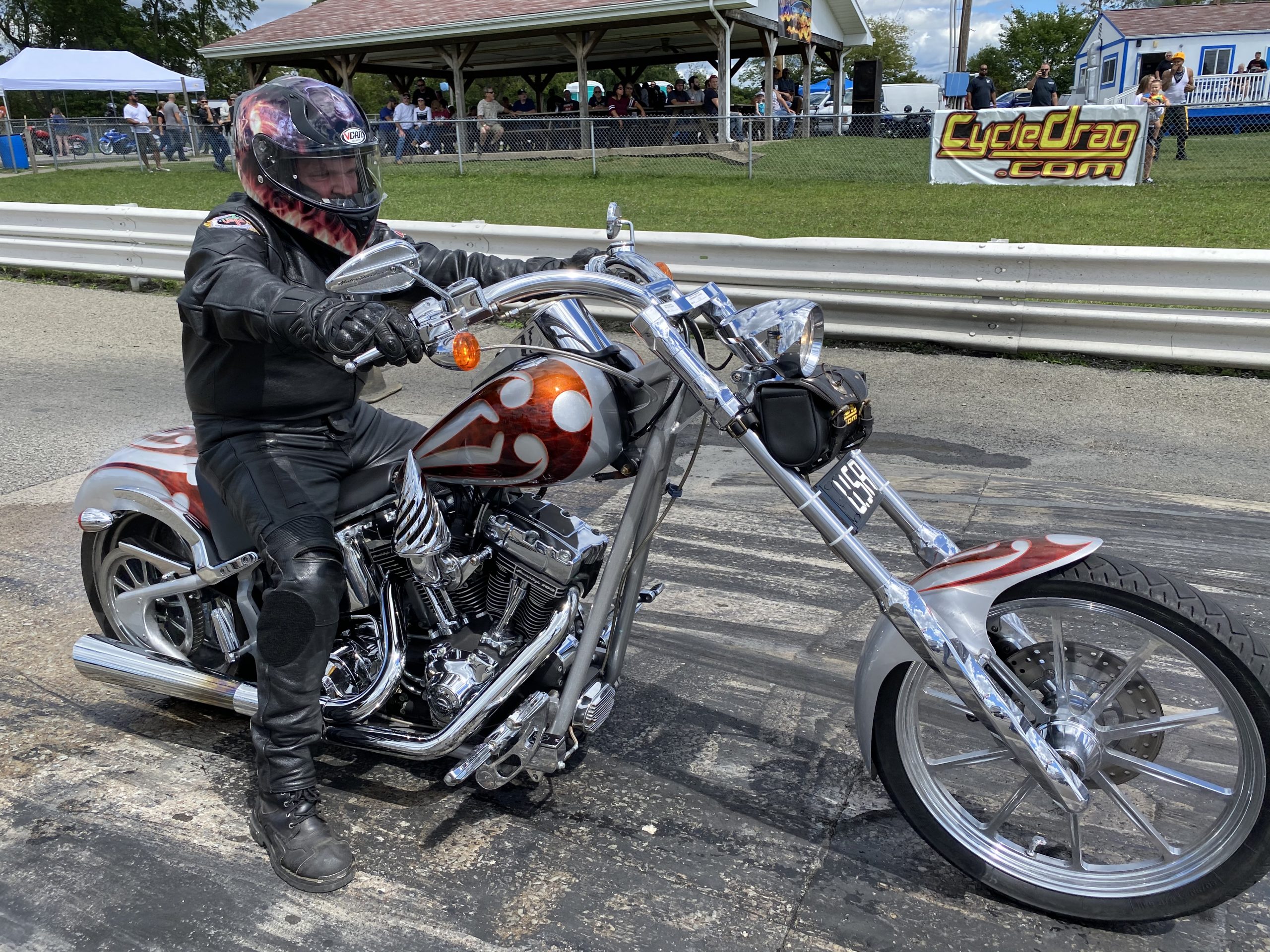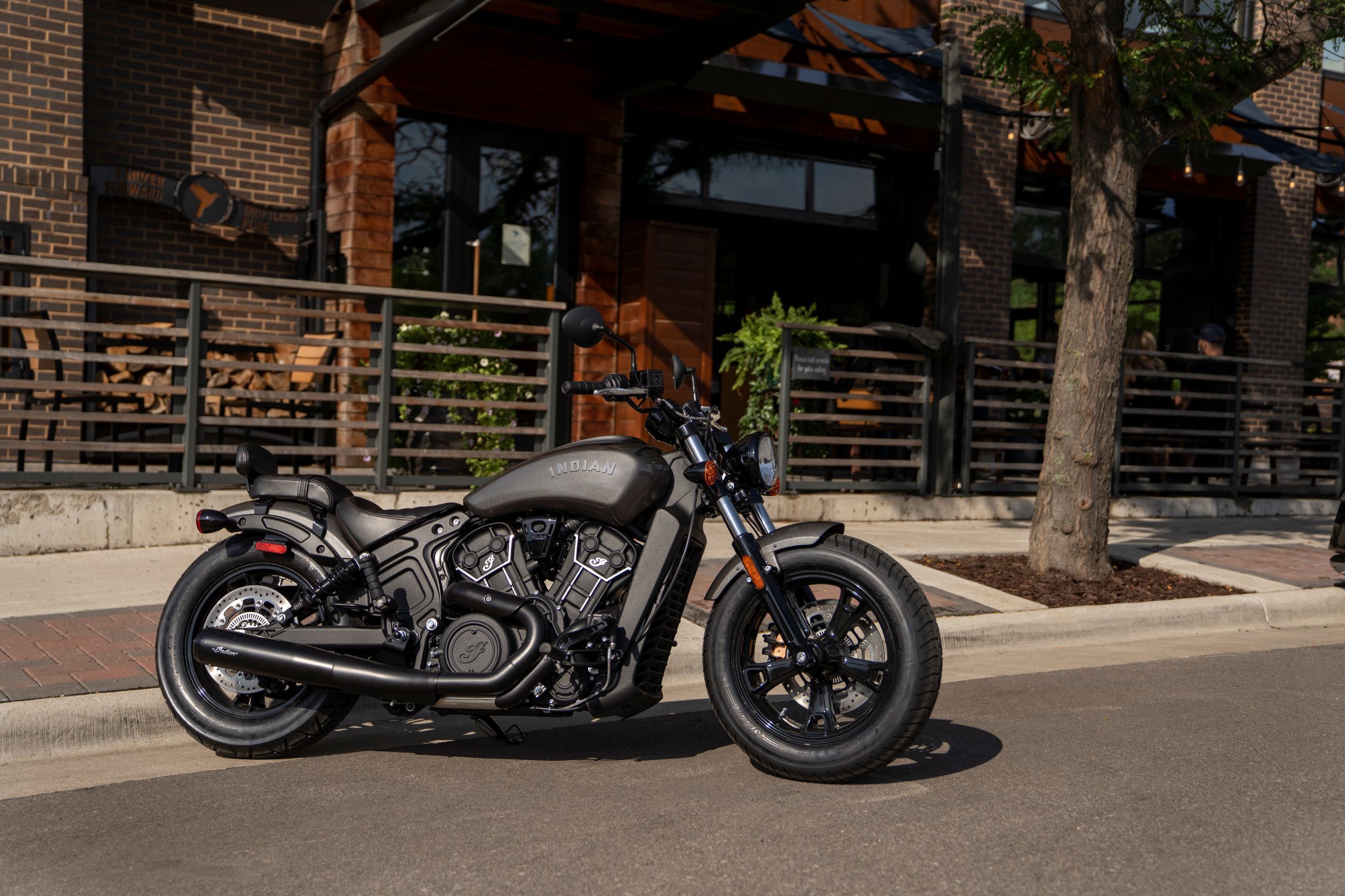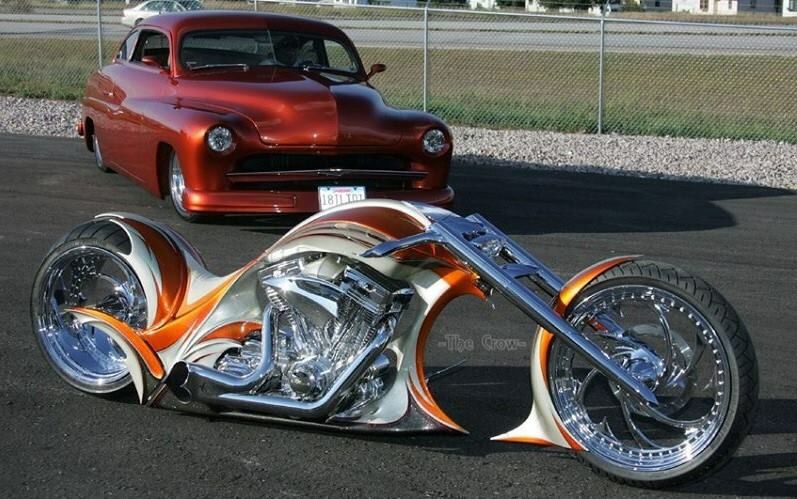With some of the most stunning custom motorcycles we’ve ever seen (as well as some terrible ones), the history of Chopper Motorcycles is fascinating. They also have a unique culture that emerged from the recent growing custom motorcycle community. We discover several notable chopper manufacturers along the way, like Arlen Ness, Mondo Porras, and Denver Mullins.
When we look into the past of choppers, we learn not only about the fascinating journey of the creators who reinvented the motorbike but also about some utterly bizarre facts about some incredible creations. Although it may have originated in California, it quickly spread to other countries.
What is a Chopper Motorcycle?
Since the 1950s, choppers have appeared in a variety of forms. They experience ups and downs in popularity, yet even at their least popular, they continue to have enough devoted followers to keep them from going extinct. But what are they specifically? one already possesses a surprisingly decent notion if they’ve ever seen “Easy Rider.” If not, it’s easy to understand: a chopper is a motorcycle with a few pieces removed. That’s how it acquired its name.
Machines on the roadway draw attention, such as a magnificent vintage Chopper. These bikes are comparable to the well-known bobber-style motorbikes in that they have a simple design, but each one has a distinctive appearance because of the handcrafted customization. A chopper is precisely what it sounds like; numerous extraneous pieces of the bike are removed to give it a unique appearance based on the owner’s preferences.

History of Chopper
The Chopper was the brainchild of Alan Oakley while en route home from his 1967 reality tour. Raleigh then went to OGLE Design to brainstorm the concept and create the “product,” which Raleigh later brought to market. All patents and other forms of intellectual property are the sole property of The Raleigh Motorcycle Company.
A patent request for the Chopper was made in the US in 1967. The Chopper was first displayed at American trade exhibitions in January 1969, but Raleigh Choppers weren’t put out for sale to the general public until April 1969. The bike had a picture console gear lever that allowed the user to choose between a single-speed coaster hub, a 3-speed Sturmey Archer gear hub, or a five-speed Sturmey Archer gear hub.
A better variant, known as the Mark 2 Chopper, went on sale in 1972. The gear knob adjuster changed from a knob to a T-bar style adjuster, and it could be ordered with the uncommonly selected alternative of five-speed derailleur gears. The T-bar form was present on the early 1969 “Tall frame” model but in black with an oval window in the gear cover. To help stop the front end of the bicycle from tipping up, the seat was shifted forward, and the frame was slightly modified.
Before Chopper
The bobber came before the Chopper. In essence, a motorbike has been “bobbed,” or rendered lightweight and faster by removing the bumpers and other components to create a bobber. The bobber had been a dream come true for motorcycle enthusiasts seeking a more understated ride.
Throughout the 1940s, when returned veterans concluded that less was better, it rose to prominence. It was simply removed if a component was found to be overly cumbersome, unsightly, or excess to requirements. Bobbers were mostly employed for mud racing and dirt-track racing because of their streamlined, redesigned frames making them lightweight and particularly equipped for racing performances.

The Growth of the Chopper
Motorcycle riders in California started tinkering with their machines more than ever before in the late 1950s. The Chopper, a customized motorcycle with greatly altered steering angles and expanded dimensions, emerged among the most revolutionary designs. Some guys built their choppers from the ground up. Some people altered pre-existing motorcycles.
The most popular model proved to be a Harley-Davidson. Most choppers shared some characteristics, including hardtail frames, slanted and elongated forward extremities, dropped suspension system (and maybe no equipment at all), high rear bars, and unbelievably proportioned front wheels, even though each one was slightly different from the one before it. The more radical changes that produced the Chopper’s iconic stretched-out, extended frame marked it apart from earlier bobbers, which shared many characteristics.

